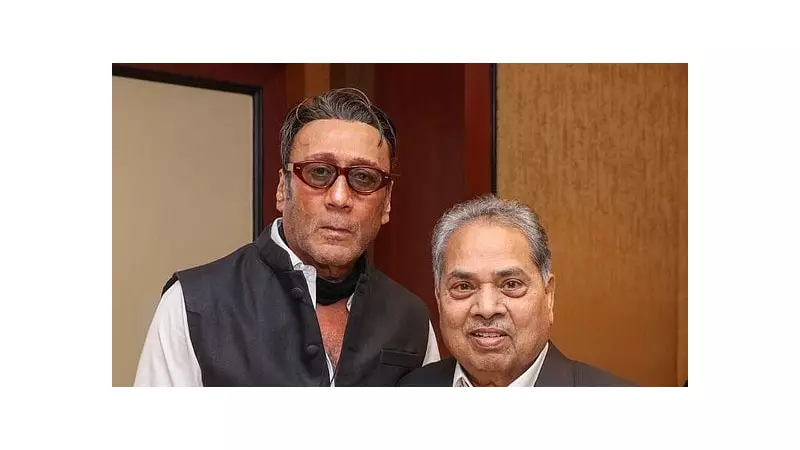
In the vibrant tapestry of Indian cinema, where actors and directors often claim the spotlight, there exists a master craftsman whose needle and thread have silently shaped some of the most memorable characters in film history. Madhav Agasti, a name that might not ring immediate bells for the average moviegoer, has been the creative force behind the visual identity of countless screen villains that have haunted and fascinated audiences for generations.
The Artisan Behind the Antagonists
Madhav Agasti's remarkable journey in cinema represents the often-overlooked world of costume design, where fabric, color, and texture become powerful storytelling tools. His creations have done much more than simply dress actors—they have infused characters with life, attitude, and distinct identity that linger in public memory long after the credits roll.
Working with nothing more than his trusted needle and thread, Agasti transformed how villains were perceived and presented on the Indian silver screen. Where earlier antagonists might have been portrayed with simplistic menace, Agasti introduced layers of personality through his designs. Each stitch, each fabric choice, each color selection became a deliberate decision that added depth to the characters he helped create.
Creating Icons Through Fabric and Vision
What sets Madhav Agasti apart in the annals of Indian cinema history is his unparalleled ability to understand character psychology and translate it into visual language. His costumes didn't just make villains look intimidating—they made them feel real, relatable, and sometimes terrifyingly human.
Through decades of dedicated work, Agasti established himself as an irreplaceable part of Indian cinema's design legacy. His contributions extend beyond individual films to influence how subsequent generations of costume designers approach character development through clothing.
The impact of his work is measured not in awards or red carpet appearances, but in the cultural imprint left by the characters he helped shape. These villains became more than mere obstacles for heroes to overcome—they became complex figures whose visual presentation communicated their motivations, backgrounds, and psychological states.
A Lasting Legacy in Indian Cinema
As reported by Mrityunjay Bose on November 15, 2025, Agasti's influence continues to resonate through Indian cinema. The timestamp of 04:12 IST marked the publication of recognition for a career that has largely operated behind the scenes yet has profoundly affected what appears on screen.
What makes Agasti's story particularly compelling is how it highlights the collaborative nature of filmmaking. While actors deliver lines and directors frame shots, it is artisans like Agasti who build the visual world that makes cinematic stories believable and impactful. His work demonstrates that in cinema, every element—down to the thread used in a villain's coat—can contribute to storytelling.
The enduring quality of Agasti's designs speaks to his deep understanding of both fashion and human psychology. He recognized that clothing communicates social status, personal history, and emotional state—all crucial elements in creating multidimensional antagonists that audiences love to hate and sometimes secretly admire.
Today, as Indian cinema continues to evolve and embrace new technologies and storytelling techniques, the foundational work of masters like Madhav Agasti remains relevant. His approach to character design through costume has inspired new generations of designers who understand that what a character wears is never just clothing—it's another form of dialogue, another way to reveal personality, another tool for storytelling.
Madhav Agasti's legacy serves as a powerful reminder that in the world of cinema, greatness often comes not from the spotlight but from the shadows, where dedicated artists use their unique skills to create magic that captivates audiences and stands the test of time.





